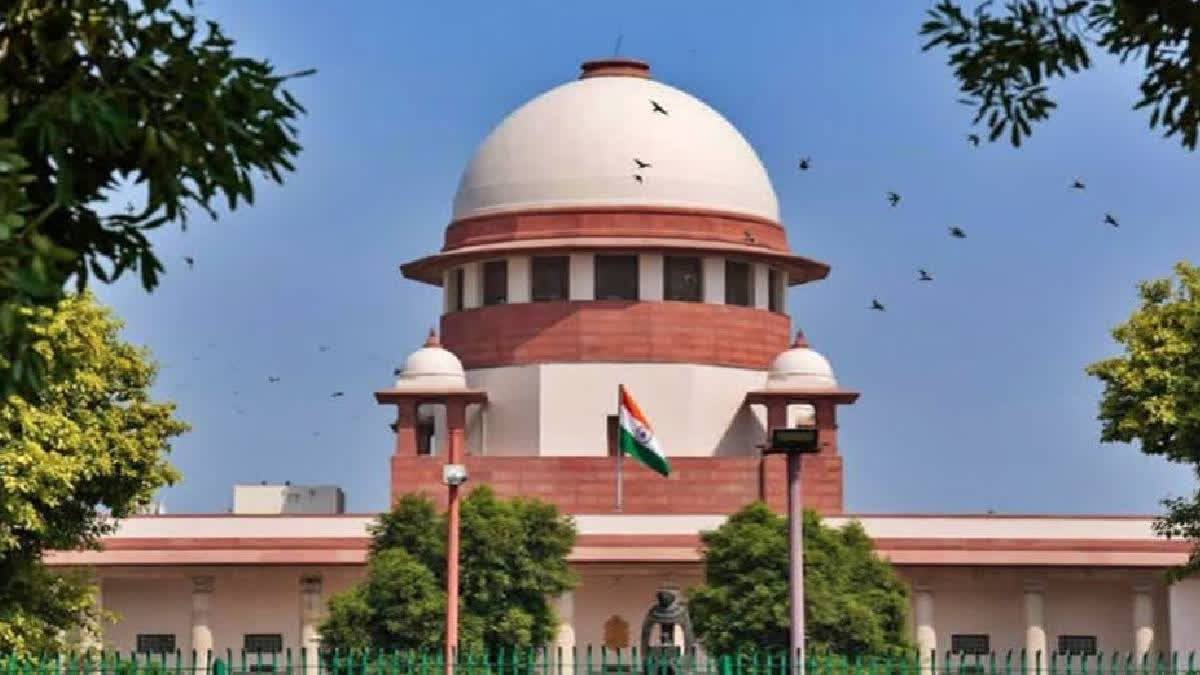New Delhi: The Ministry of Environment and Forest (MoEF) has stressed the need to identify hill-station-specific factual aspects while determining the accurate carrying capacity of each mountain region. In a short affidavit before the Supreme Court, the ministry said it in the past had circulated guidelines for assessing the carrying capacity of hill stations, including cities and eco-sensitive zones to all 13 Himalayan states, with a letter dated January 30, 2020, and has also sent a reminder with letter dated May 19, 2023, to request the states that if such study has not been undertaken then the states may kindly submit the action plan so that carrying capacity can be carried out as early as possible.
The ministry said, “In the light of the above-stated steps taken by the Respondent Ministry where comprehensive exercise has been undertaken by experts in the field, it will be imperative that factual aspects of each hill station are specifically identified and collected with the help of the local authorities cutting across multiple disciplines”.
The ministry elaborated on steps needed to achieve the goal of assessing the accurate carrying capacity of each hill station. “Directing all 13 Himalayan States to submit Action Taken Report and an action p, in a time-bound manner, for taking steps to carry out the carrying capacity assessment as per guidelines prepared by GB Pant National Institute of Himalayan Environment," said the ministry’s response settled by additional solicitor general Aishwarya Bhati.
The ministry suggested that steps also include a direction to all 13 Himalayan states for constitution of a committee, in a time-bound manner, headed by the chief secretary and comprising such members as deemed appropriate by the chief secretary, for carrying out a multi-disciplinary study as per guidelines prepared by GB Pant National Institute of Himalayan Environment “which had been circulated to all 13 Himalayan States vide letter dated 30.01.2020 and reminder sent on 19.05.2023 and also for overseeing the implementation thereof”.
Also read: Ridge area acts as lungs, supplies oxygen to citizens in Delhi: SC
The ministry said considering the experience of the institute in preparing the guidelines for carrying out capacity studies, it is suggested that the studies prepared by the 13 Himalayan states may be examined by a technical committee headed by the director G B Pant National Institute of Himalayan environment. The ministry also suggested that members should be from various departments.
According to the Central ministry’s suggestions, the technical committee should comprise heads of their nominees from the National Institute of Disaster Management, National Institute of Hydrology, India Institute of Remote Sensing, National Environmental Engineering Research Institute, Wadia Institute of Himalayan Geology, Indian Council of Forestry Research and Education, Wildlife Institute of India and School of Planning and Architecture.
The committee should also include representatives of state disaster management authorities, Geological Survey of India, and member secretary of the Central Pollution Control Board as well as the Central Ground Water Board. “Direct the Committee so constituted to submit its report with complete suggestions to the respective states for execution and implementation in a time-bound manner, which should be periodically reviewed," said the ministry’s response.
The ministry’s response came on a PIL filed by Greater Noida-based Ashok Kumar Raghav, who contended that despite the heavy flow of tourists, the hill stations situated in ecologically fragile areas have no master plan, area development or zonal plans to ensure a planned growth.
Recently, heavy monsoon showers caused havoc in Himachal Pradesh and Uttarakhand, resulting in the death of over 100 people in landslides, damage to roads, and building collapse.



